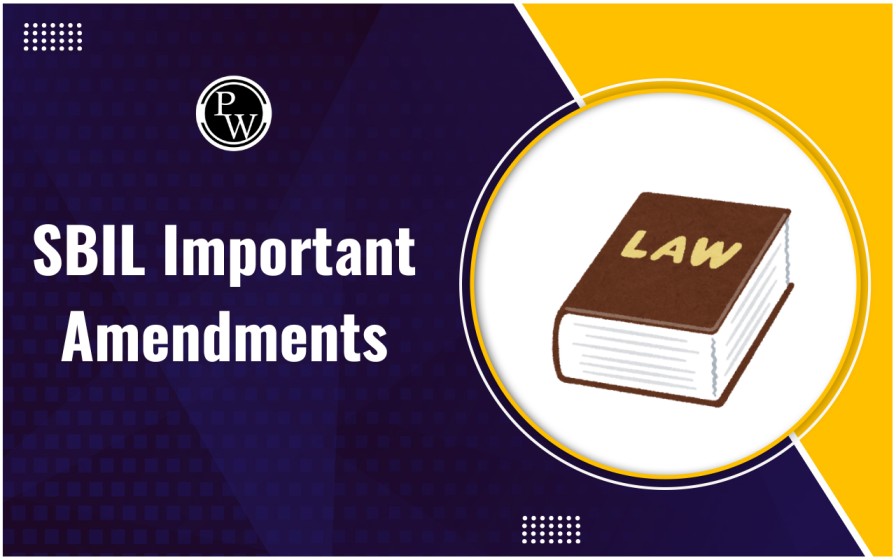
Winding up of a Company Under Companies Act 2013: Starting a business is a challenging task, but closing it in a proper and legal way is equally important. The closure of a company must be done carefully so that all debts are cleared, employees are considered, and shareholders receive their share. The process is called the winding up of a company under Companies Act 2013. It ensures that the company’s operations are stopped in an orderly manner and its legal existence comes to an end.
What is the Winding Up of a Company?
According to Section 2(94A) of the Companies Act, 2013, winding up means the legal process by which a company is brought to an end. The process involves selling company assets, settling outstanding debts, and distributing the surplus to shareholders.
It is important to note that winding up is different from dissolution. While winding up refers to the procedure of closure, dissolution is the final stage when the company’s name is struck off from the register of companies, and it ceases to exist as a legal entity.
Importance of Winding Up of a Company
The winding up of a company under Companies Act, 2013 is not only about closing the doors of a business. It plays an important role in protecting the interests of everyone who is connected to the company.
Ensures Orderly Closure of Business: Winding up provides a step-by-step method for closing the activities. Without this structured approach, the closure could lead to confusion and disputes.
Guarantees Settlement of Debts: Companies usually have to pay money to banks, suppliers, or lenders. In winding up, the company’s assets are sold, and the money is used to clear these dues. This makes sure creditors get paid.
Protects the Rights of Employees: Employees are directly affected when a company closes. Winding up ensures that employees receive their salaries, benefits, or dues before the final closure. This gives employees a sense of financial security during a difficult time.
Distributes Assets Fairly Among Shareholders: If some assets remain after paying debts and employees, they are shared among the shareholders according to their ownership. This clear sharing helps avoid disputes.
Brings Legal Closure to the Company: Until winding up is completed, a company will continue to exist on paper. The process ensures that, after fulfilling all obligations, the company is officially dissolved and removed from legal records, thereby providing a proper closure.
Check also: Tax Amendments
Modes of Winding Up of a Company under the Companies Act 2013
The winding up of a company under the Companies Act, 2013 can happen in different ways depending on the situation of the company. Below, we’ve mentioned the modes of winding up of a company under Companies Act 2013:
| Modes of Winding Up of a Company Under Companies Act 2013 | |
| Mode | Explanation |
| Compulsory Winding Up (By the Court/NCLT) | This mode is carried out by the order of the Tribunal when the company is unable to pay debts, is involved in unlawful activities, or is working against the interests of the nation. The Tribunal also intervenes if the business is run in a fraudulent manner. |
| Voluntary Winding Up | This mode is started by the members or creditors themselves when they decide that the company should close. If the company is solvent, members initiate it (Members’ Voluntary Winding Up). If insolvent, creditors take charge (Creditors’ Voluntary Winding Up). |
| Winding Up under Court Supervision | This mode occurs when a voluntary winding up is not being conducted properly. In such cases, the Tribunal may step in to supervise and guide the process to ensure fairness and justice. |
Procedure of Winding Up of a Company in India
The procedure for winding up of a company under Companies Act 2013 is systematic and has many stages. Below, we’ve mentioned the procedure of winding up of a company in India
Resolution or Petition: If the company wants to close on its own, the members pass a special decision in a meeting. If it is a compulsory closure, the company, its creditors, or the Registrar asks the Tribunal to shut it down.
Appointment of Liquidator: A liquidator is chosen to handle the closing process. In voluntary closure, members or creditors choose the liquidator. In compulsory closure, the Tribunal appoints one to manage everything.
Notice of Resolution or Petition: After the decision or court order, an announcement is published in the Official Gazette and a local newspaper. This informs the public, creditors, and other people that the company is closing.
Collection of Assets: The liquidator takes charge of all the company’s assets, property, records, and accounts. Everything is listed and valued properly.
Sale of Assets: The liquidator sells the company’s assets. The money from this sale is used to pay creditors, employees, and others.
Settlement of Liabilities: First, the money is used to pay secured creditors like banks. Then, unsecured creditors, employees, and others are paid. This makes sure all dues are cleared step by step.
Distribution of Remaining Assets: If money or assets are left after paying everyone, it is shared among the shareholders based on their ownership.
Final Meeting: After completing all steps, a final meeting is held. In voluntary closure, the liquidator shows the report to members or creditors. In compulsory closure, the report is submitted to the Tribunal.
Dissolution of Company: Once the report is approved, the company’s name is removed from the official register. From this point, the company no longer exists.
Legal Provisions and Relevant Sections
The winding up of a company under Companies Act 2013 follows certain legal rules. These rules explain how the process starts, who can apply, and how it should be done.
| Legal Provisions and Relevant Sections | |
| Section | Provision |
| Section 2(94A) | This section defines the meaning of winding up. |
| Section 270 | States the modes of winding up available under the Act. |
| Section 272 | Lists the people who can apply for compulsory winding up, such as creditors or the Registrar. |
| Section 304 | Explains voluntary winding up by members or creditors. |
| Section 293 | Provides details about winding up under the supervision of the Tribunal. |
Difference Between Winding Up and Dissolution
The terms winding up and dissolution are normally confusing, but they are not the same. The winding up of a company under Companies Act 2013 refers to the process, while dissolution refers to the final result of that process.
| Difference Between Winding Up and Dissolution | ||
| Basis | Winding Up | Dissolution |
| Meaning | It is the legal process of closing a company by selling assets and paying debts. | It is the final act where the company’s legal identity ends permanently. |
| Stage | It is a step-by-step procedure before the end. | It is the last step after all winding-up activities are complete. |
| Legal Status | The company continues to exist during winding up and can take part in legal matters. | After dissolution, the company no longer exists in law. |
| Control | Managed by a liquidator or under the supervision of the Tribunal. | Managed by the Registrar of Companies, who strikes off the company’s name. |
The winding up of a company under Companies Act, 2013 is an important process that ensures that businesses in India are closed in a fair and lawful manner. It protects the creditors, takes care of employees, and provides shareholders with their rightful share. The Act allows winding up through three modes compulsory, voluntary, and under the supervision of the Tribunal.
By following the proper winding up under Companies Act 2013, companies can finish their operations in an organized way without leaving behind legal disputes or financial burdens.
Winding up of a Company Under Companies Act 2013 FAQs
What is meant by winding up of a company under Companies Act, 2013?
Who can file for compulsory winding up of a company?
What is the difference between voluntary and compulsory winding up?
What happens to employees during the winding up of a company?










